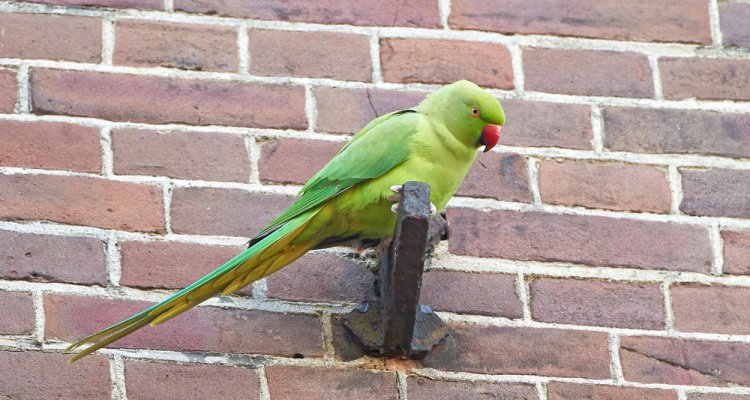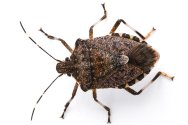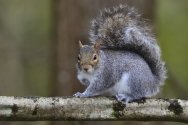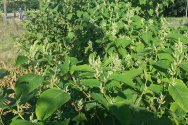
Dossier
Exotic species in the Netherlands
Exotic species, also known as alien or introduced species, are animals, plants, fungi or micro-organisms imported through human activity into an area where they do not originally occur, but where they proceed to thrive. Species which were introduced to the Netherlands before the year 1500, such as the rabbit, the pheasant and the mute swan, do not count and are considered indigenous.
Exotic species are sometimes introduced deliberately. An example is the multicoloured Asian ladybird, released in Europe 20 years ago to combat aphids. Pheasants and fallow deer were once released as hunting game. And every year hundreds of turtles and pond perch are released into Dutch watercourses when their owners have had enough of them.
But a lot of species get introduced by accident. Sometimes pets or ornamental animals escape from captivity, as did the Egyptian goose, the Pallas’s squirrel and the Italian crested newt. Marine creatures such as the Chinese mitten crab are brought in with ballast water from ships; the tiger mosquito hitches a ride on tropical plants. And since a canal was dug between the Rhine and Danube 20 years ago, fish species from the Danube watershed, such as the round goby and the money goby, have been able to reach our waters.
There is another category of newcomers that we do not count as exotic: species such as the great egret, whose habitat is shifting as a result of climate change. They are counted in the same category as the lynx, wildcat, wolf and perhaps the golden jackal: animals that settle here of their own accord.
Species monitoring through eDNA
With the help of environmental DNA (eDNA), researchers can demonstrate the presence of animal species, for example based on water samples.
Publications
-
Use of protein from black soldier flies in poultry feed
In: Insects as alternative sources of protein for food and feed - Cambridge: Burleigh Dodds Science Publishing - ISBN: 9781801465847 - p. 47-82. -
Tegen democratische erosie : Samen scherp op inperking van maatschappelijke tegenmacht
-
Data naar impact: duurzaamheid in ketens en verwerking
Voedingsindustrie : vakblad (2025) - ISSN 2213-5758 -
Klimaatstresstest toolontwerp - workshop 2
-
ERA5 data Pakistan 2022 August for WAM2layers
-
Actieplan Groen geteeld sierteelt product
-
Dataset: Sensing Potential in the Food Supply Chain - Mango
-
Herkenning kruidenrijk grasland middels Remote Sensing & foto’s : Eindrapportage Fase 1 – PPS Herkenning Kruidenrijk Grasland
Wageningen: Wageningen Plant Research (Rapport / Stichting Wageningen Research, Wageningen Plant Research, Business unit Agrosysteemkunde WPR-1309) -
Hierarchical Bayesian linear mixed model to estimate variability in the thermal inactivation parameters for Listeriaspecies
Food Microbiology (2025), Volume: 128 - ISSN 0740-0020 -
Introduction: EU External Relations Law and Sustainability
In: EU External Relations Law and Sustainability - The Hague: T.M.C. Asser Press - ISBN: 9789462656543 - p. 1-5.




